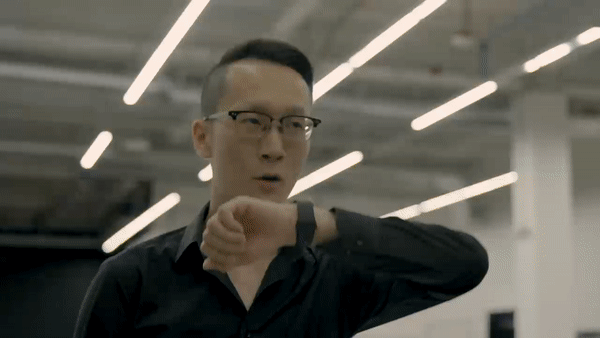“Open all doors.”
When David Hasselhoff — a childhood hero of mine — was standing next to me at a Faraday Future test facility, and he first saw FF 91 open its doors via voice command, he stood there in amazement:
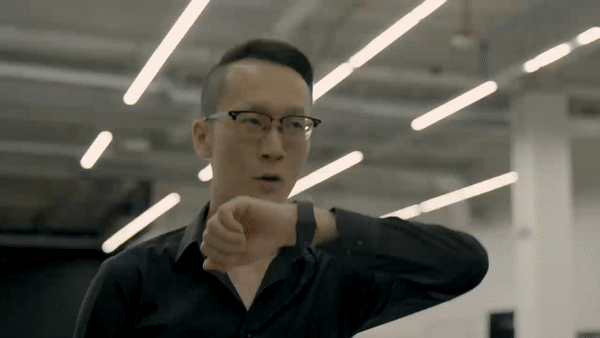
“Wow, this is KITT of 2019!”
After that day, I knew we were onto something.
When Knight Rider first aired in the 80s, the world was a different place: the mouse was an animal, AI stood for Adobe Illustrator, 5G was a parking spot, and controlling your car via voice was a fantasy possible only in a TV show. Years have passed and now a new generation of digital natives pinch and zoom their newspapers and say “thank you” to smart speakers. With this level of progress, we asked ourselves “why is voice control in modern vehicles barely able to understand user’s requests?” We knew the time was right to make the same caliber of voice control seen in Knight Rider’s K.I.T.T. a reality.
As a Senior Product Manager at FF, I’ve been fortunate to work with a group of talented builders and disruptors who have been given the chance to rethink what’s possible with voice controls both inside and outside of a vehicle. We believe the future of human-vehicle interaction is moving towards a voice-first experience. Our mission is to give our customers back one day’s worth of time each year using our voice products instead of graphical user interfaces (GUI).
WHY DO WE THINK THIS IS IMPORTANT?
Time is an invaluable asset. The core advantage of voice controls over graphical user interfaces is being able to reduce the time it takes to complete a task by removing multiple steps. While finding a coffee shop in your city with outdoor seating and a five-star rating potentially takes minutes to complete on a vehicle’s GUI, it only takes a matter of seconds using your voice inside FF 91. Added up over thousands of voice interactions per year, we will save our customers significant amounts of time and keep their attention focused on the road ahead.
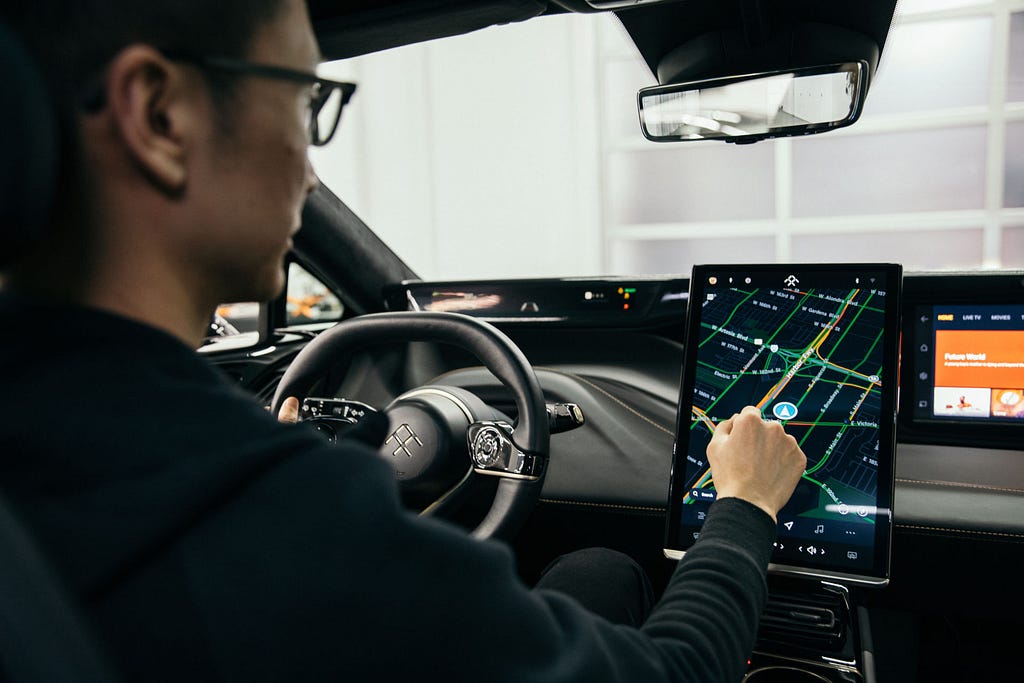
HOW DO WE GET THERE?
Current in-car voice control systems lack three capabilities that prevent them from being truly useful: natural language understanding, contextual awareness, and the ability to understand complex commands. Humans excel at each of these tasks, while machines perform poorly. Until now.
Previous automotive voice control systems have never been capable of conversing with users in a way that feels natural and unscripted. This issue stems from a lack of processing power and internet connectivity that prevents the car from accessing a powerful compute platform. FF’s cloud-based Natural Language Processing Engine leverages FF 91’s multi-core compute platform and three 4G LTE modems to significantly reduce these barriers.
On top of the hardware layer is the software experience that is connected to nearly all major experience nodes inside and outside of the car: Vehicle Controls, Navigation, Media, and your smart home devices. This integration eliminates the hassle of opening a specific app and instead allows you to issue commands simply by speaking them.
We’ve amplified the utility of these spoken commands by allowing our users to string multiple commands together, and the system will process them contextually. These are known as compound queries:
“Find Coffee shops in Santa Monica with outdoor seating and more than four stars”
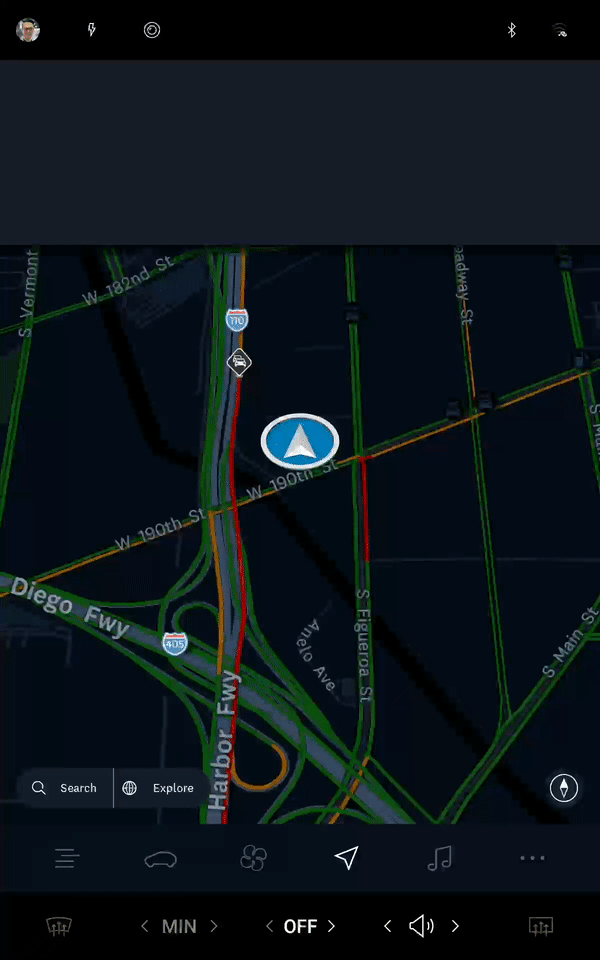
With the deep integration of FFAI, Navigation, point of interest (POI) search, and local business rating data, customers can get their desired results in a matter of seconds. These compound commands will save our users hours of time.
To make the voice experience even more useful, FFAI is contextually aware, so that once you find the results you need, you can reference those results in a follow-up query:
“Go to the second one”

If you’re already on your way to the selected destination and want to make an additional stop, simply issue FFAI a new command and it will amend the current trip to account for your latest request:
“I’m hungry”
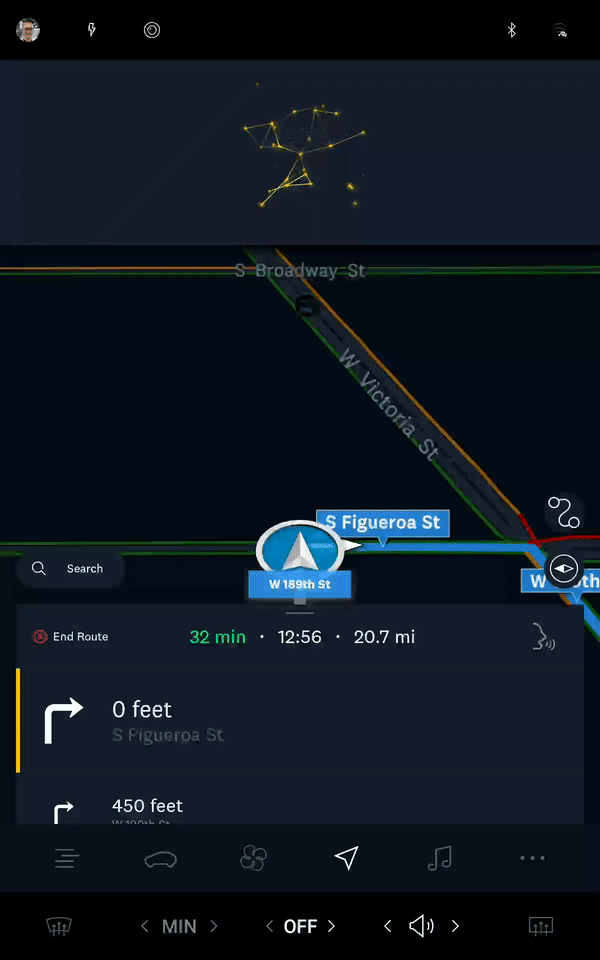
FFAI understands that you are already driving to Funnel Mill, and will only show results along your route.
There are hundreds of potential use cases when we combine the technology behind FFAI with the always-connected FF 91, and we will detail more of these in the months to come.
Looking back, my younger self in the 90s would have never imagined meeting Mr. Knight, and I certainly wouldn’t have imagined that I would play a part in making the technology seen in Knight Rider a reality. I am certain that 40 years from now, the experiences we are building today will be an inspiration to future generations.
About the Author

“Made” in China, “Refurbished” in Germany, and “Imported” to the US: Shuai Yang is a tri-lingual Senior Product Manager who spent the past decade building products in the automotive, mobile, consumer electronics and e-commerce space. For the past three years, Shuai has led the efforts to build FF 91’s branded Operating System, Driver Controls, and Voice AI. Before joining FF, Shuai worked for Amazon and HTC, where he launched products that served millions of customers worldwide.
